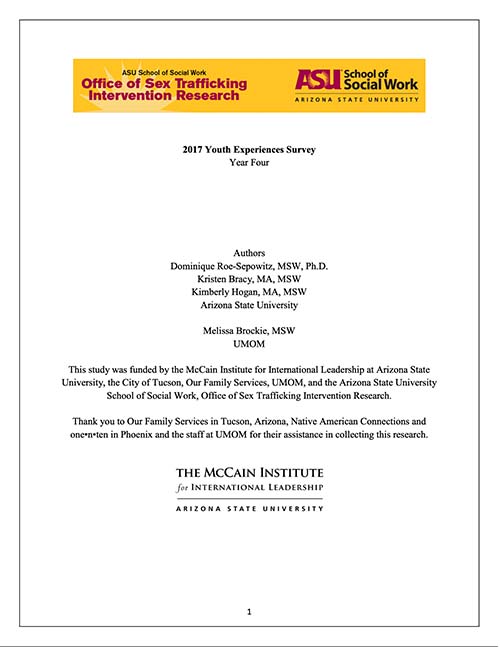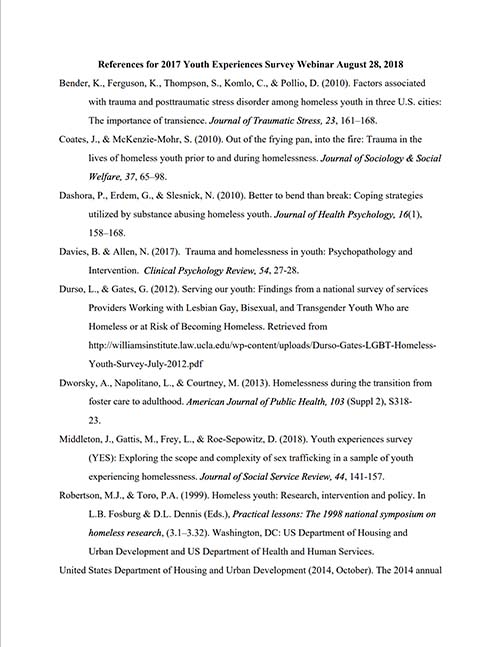


We are excited to share our final Compass edition of the 2025! Inside you'll find a look back at the year and what is to come in 2026. As we close out the year, we are grateful for the professionals, partners, and communities who made this year meaningful. Together, we strengthened skills, shared knowledge, and advanced public safety through collaboration and training. Thank you for being part of NCJTC’s mission. We look forward to continuing this important work with you in the year ahead.

We are excited to share our latest edition of the Compass Newsletter! November is National Native American Heritage Month and this issue highlights our relationships with American Indian/Alaska Indian (AI/AN) Communities at NCJTC. Learn about new training opportunities that just launched and much more!

65th edition of the AMBER Advocate Magazine, first issue of Calendar Year 2026.

The AMBER Alert Training and Technical Assistance (T/TA) Program brings you a wide variety of training opportunities to improve the investigative response of local, regional, state, and tribal law enforcement to high-risk victims, children in crisis and the commercial sexual exploitation of youth. Through this program, you will increase collaboration, improve skills, and develop effective policies and best practices to protect and safely recover missing, endangered, and abducted children.

We’re proud to share the NCJTC 2024 Annual Impact Report with you - a reflection of the critical work we’ve accomplished together. Read it today!

Read our NCJTC Impact Report for 2024 highlights and more!

NCJTC Training and Technical Assistance Catalog. For a printable version of the catalog, visit ncjtc.org/catalogprint. Revised: September 2025

NCJTC Training and Technical Assistance Catalog. For the online version of the catalog, visit ncjtc.org/catalog. Revised: September 2025

Final Report for the 2017 Youth Experiences Survey

Reference information for Youth Experiences webinar
